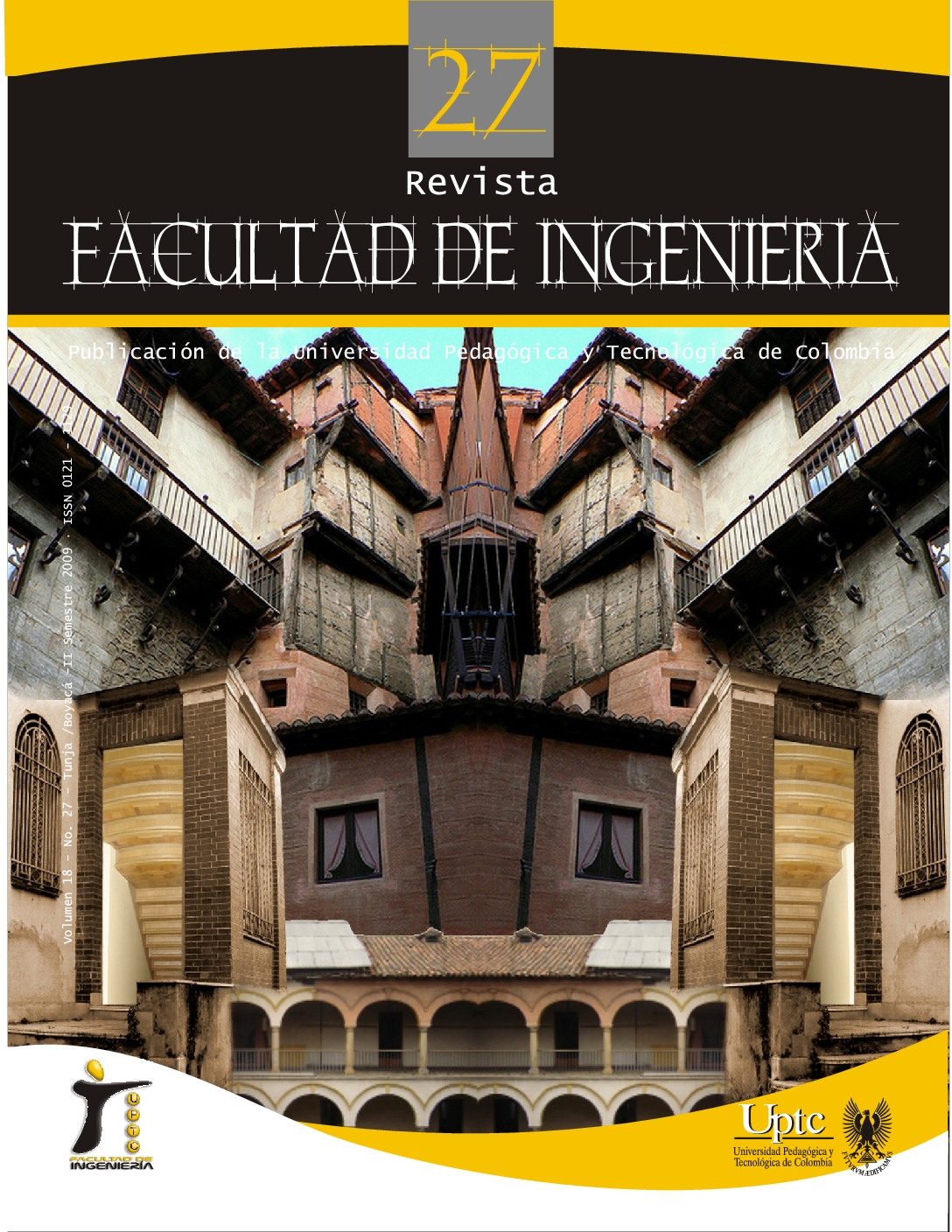Evaluación de la reducibilidad de un mineral de hierro usando char como reductor

Abstract
Muestra los ensayos de reduciblidad realizados en un hornotipo Linder a un mineral de hierro del municipio de Ubalá
(departamento de Cundinamarca, Colombia), usando como
reductor un char. Se indican las características del mineral
de hierro de Ubalá, de los carbones empleados para la
producción del char y de la caliza, así como los ensayos de
reducibilidad. Para la caracterización de las materias primas
y del char, como producto final, se aplicaron normas ASTM.
En la producción de los char se utilizaron los hornos de
coquización tipo Cerchar y tipo colmena de la Uptc en
Samacá (Boyacá). Los ensayos de reducibilidad se hicieron
bajo los mismos parámetros de operación utilizados con
carbón como reductor, y los resultados obtenidos dejan ver
que el mineral de hierro de Ubalá es reducible en menor
porcentaje con char. Sin embargo, por los grandes beneficios
para el medioambiente que se obtienen trabajando con el
char, no se descarta la posibilidad de utilizarlo como posible
sustituto del carbón en el proceso de reducción directa.
Downloads
Download data is not yet available.